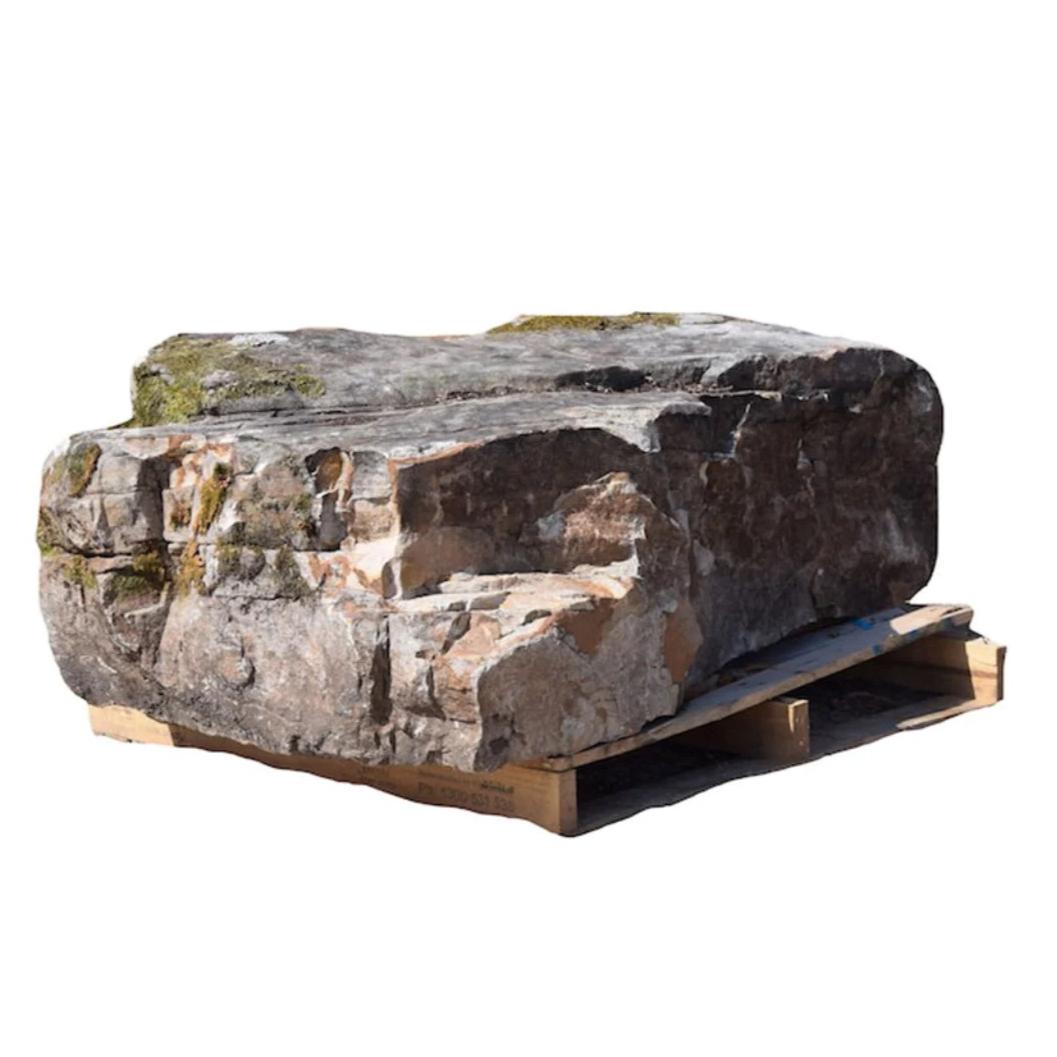Embracing Native Plants: The Path to a Thriving Garden Ecosystem
The allure of exotic plants has long captivated gardeners, but the tide is turning towards a more sustainable and ecologically sound approach: native plantings. The benefits of choosing plants indigenous to one's country, region, or state are manifold, and the impact on local ecosystems is profound.
Benefits of Native Plantings
- Enhanced Biodiversity: Native plants provide essential habitat for local wildlife, including birds, bees, butterflies, and other beneficial insects.
- Reduced Maintenance: Adapted to local conditions, native plants require less watering, fertilizing, and pest control than their non-native counterparts.
- Improved Soil Health: Natives contribute to soil fertility and structure, promoting a balanced ecosystem below ground.
- Water Conservation: Being well-suited to local rainfall patterns, native plants help in reducing the need for supplemental irrigation.
- Preservation of Local Character: Native plants maintain the unique flora of a region, preserving its natural heritage.

The Impact of Locality on Benefits
- Country Native: Plants native to a country can adapt to a wide range of conditions within that country, but may not be optimal for specific local conditions.
- Region Native: Regional natives are more specialized, contributing to the health of specific ecosystems and often performing better than country natives in local landscapes.
- State Native: State natives are the most specialized, often providing the highest benefits for local wildlife and requiring the least amount of resources to thrive.
Native Alternatives on ServeScape
- Instead of Non-Native Azaleas: Opt for the Azalea Sunbow® Solar Glow. This native azalea dazzles with vibrant blooms and supports local pollinators. Learn more about Azalea Sunbow® Solar Glow.
- Instead of Fountain Grass: Choose Muhlenbergia capillaris or Pink Muhly Grass. It offers a similar aesthetic with feathery plumes and is a native that supports the local ecosystem. Discover Pink Muhly Grass.
- Instead of Non-Native Lantana: Go for Verbena hastata, or Blue Vervain. It provides beautiful purple flowers and serves as a nectar source for native butterflies and bees. Explore Blue Vervain.
- Instead of Traditional Boxwood: Opt for Ilex glabra 'Shamrock' ~ Inkberry Holly. This native shrub offers evergreen foliage and a similar form to boxwood without the same disease issues. Explore Shamrock Inkberry Holly.
- Instead of Non-Native Privet: Go for Morella cerifera ~ Southern Wax Myrtle. It's an excellent native alternative for hedging with the added benefit of aromatic leaves and berries that provide food for wildlife. Discover Southern Wax Myrtle.
- Instead of Non-Native Ornamental Grasses: Select Spartina alterniflora ~ Smooth Cordgrass. This native grass is well-suited for wet areas and provides essential habitat for wildlife. Check out Smooth Cordgrass.

Curated Further Reading for Native Alternatives
There are several native alternatives to popular non-native plants, for more suggestions on native alternatives to your state you can check out these links:
- Georgia Native Alternatives, South Carolina Native Alternatives, and Northern Florida Native Alternatives.
- "Plants in Design" by Brad E. Davis & David Nichols offers a comprehensive guide to designing with Southern landscape plants, emphasizing native species. Dive into Plants in Design.
- "Sustainable Gardening for the Southeast" by Susan M. Varlamoff provides strategies for cultivating a garden that supports local ecosystems with native plants. Read Sustainable Gardening for the Southeast.
By choosing native plants from ServeScape, gardeners can create landscapes that are not only beautiful but also contribute to the health and sustainability of their local environment.
#NativePlants #GardeningWithPurpose #ServeScape
ServeScape - Growing Communities, One Native Plant at a Time!













































